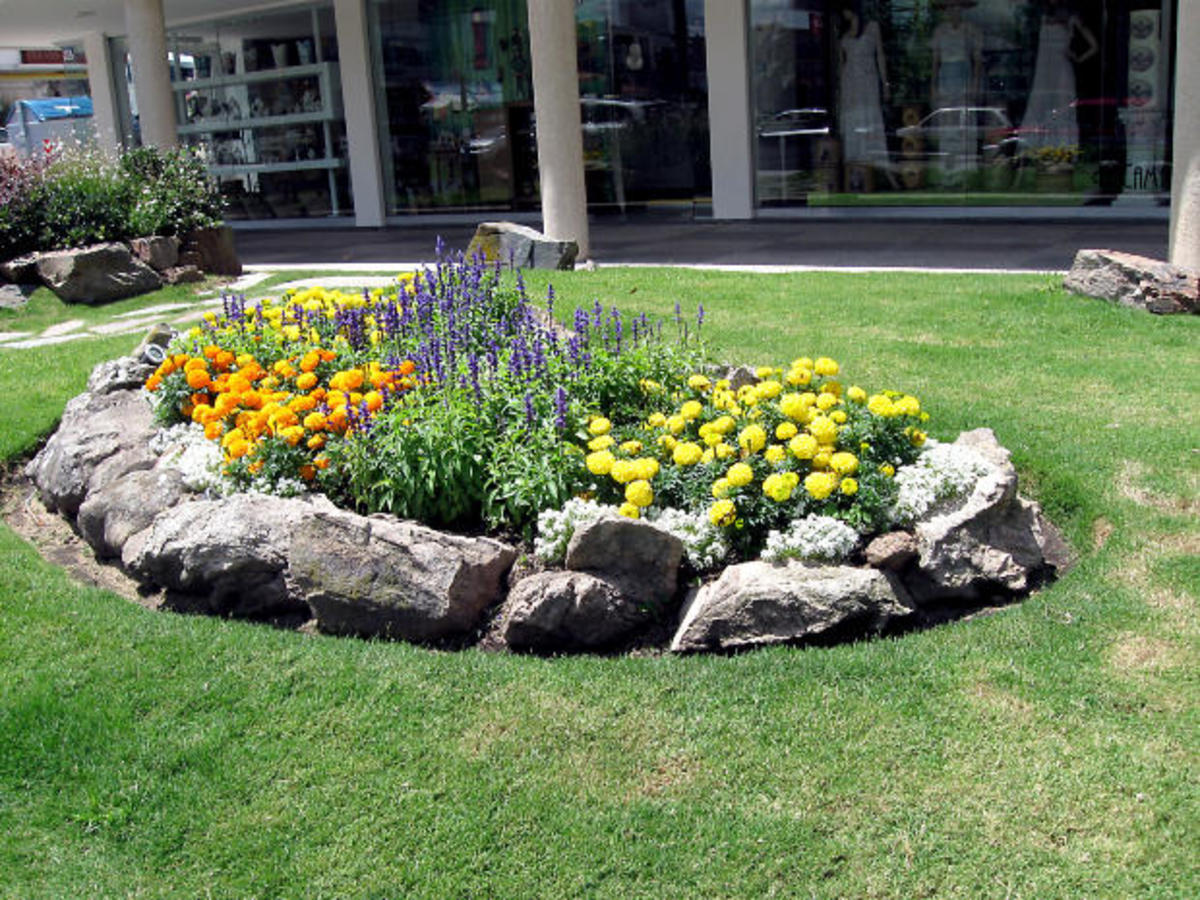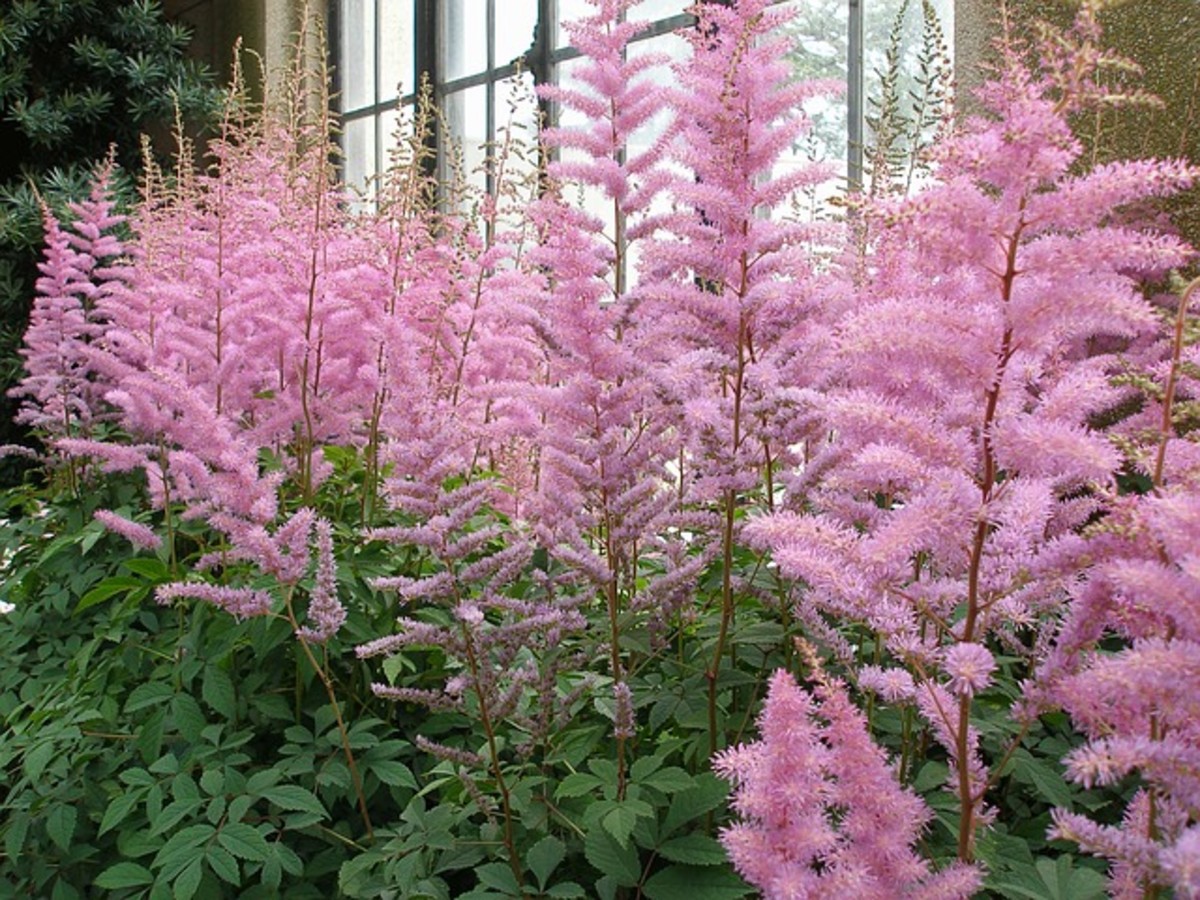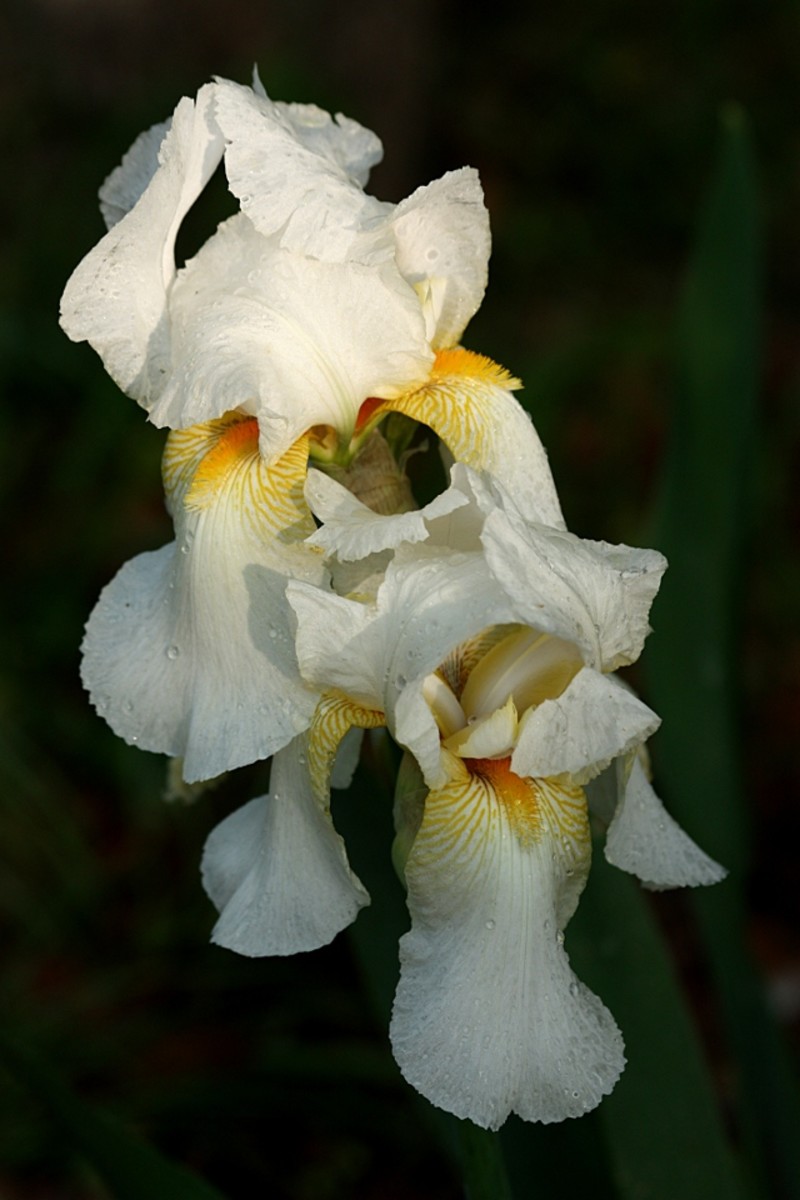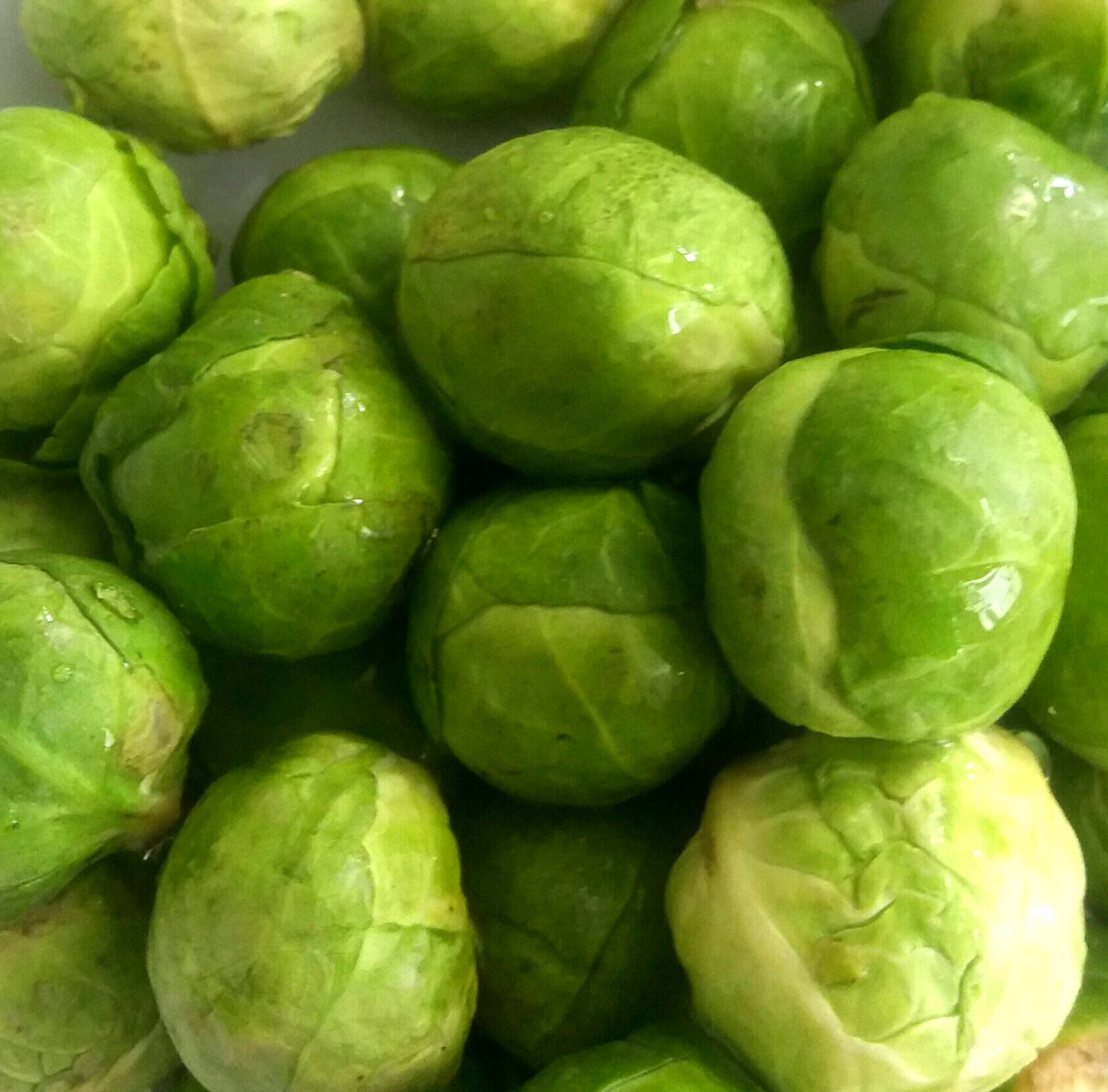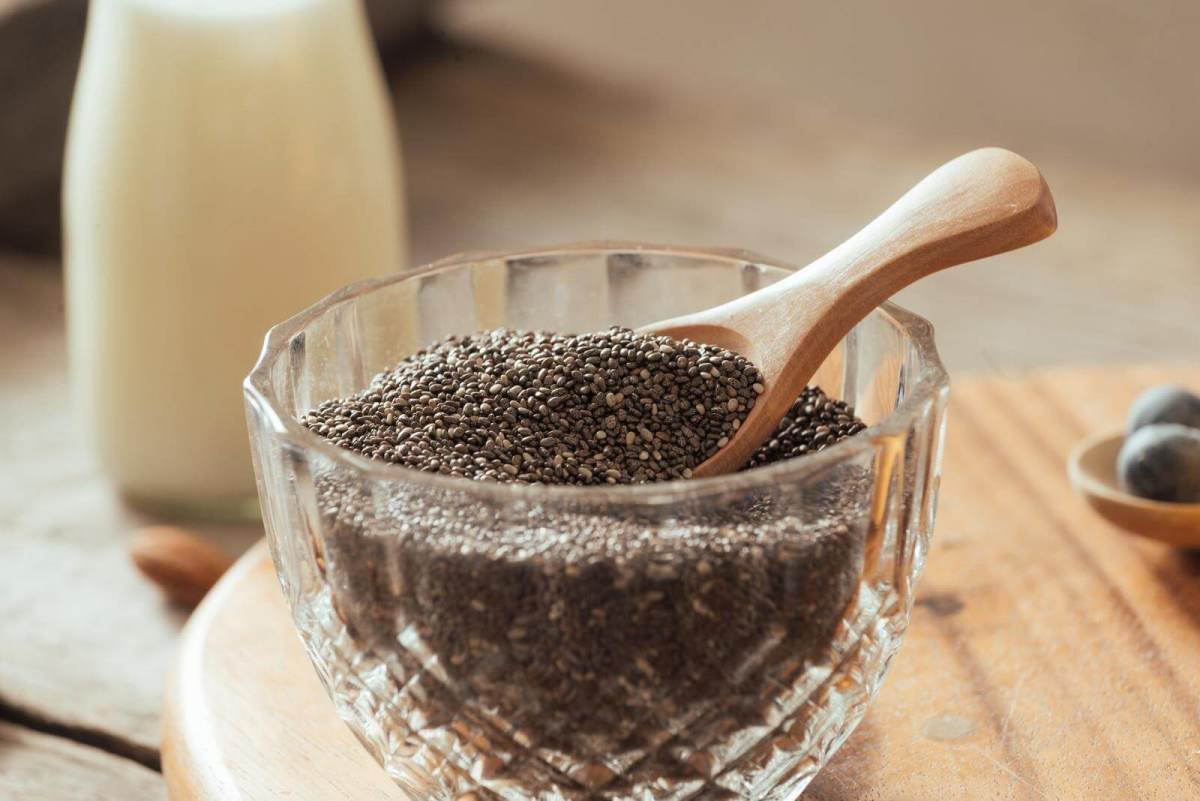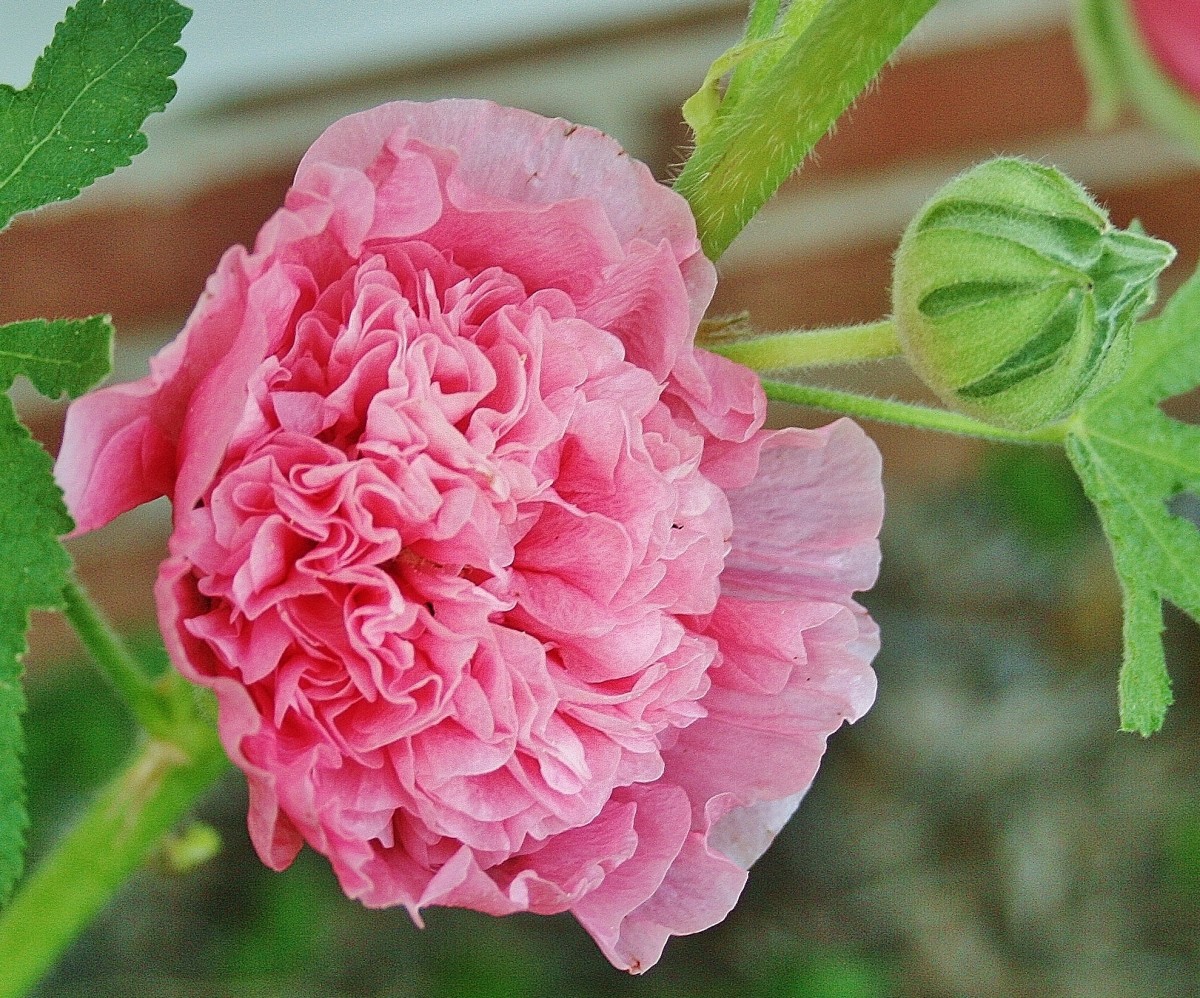How to Grow Iris Flowers
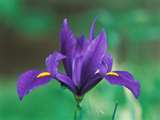
With millions of varieties in many different colors and combinations, Irises make great and easy flowers to grow. The most common are the larger variety which are at the back of the flower bed or as a cutting. For people who love to grow flowers, there is a space in your garden for just that, or maybe even for several groups of Iris flowers to grow. But you also have to be careful, because they can spread fast and can overshadow the other flowers.
When to plant Iris Flowers
For better results, it is best to plant Iris flowers in July, August, or September. It is important to check that the roots of the new planted Irises stay straight and well firmed before the growing period ends. In places with hot humid summers and mild winter seasons, September or October is when planting Iris flowers is mostly preferable.
Where to Plant Iris Flowers
These flowers need at least a half a day of sun. In really hot weather, it is great to put them in a shady space, but in some climates they do well in the sun. Make sure you provide your Iris flowers with good drainage, planting on a slope or in raised beds.
Soil Preparation
Iris will most likely grow in well-drained garden soils. Planting in slopes or in raised beds helps make sure that the flowers are in good drainage. If you find out that the sand is heavy, the solution is to put coarse sand or humus to improve it's drainage. One soil conditioner that I found out about one time is called Gypsum and it is an excellent soil conditioner that can improve almost all clay soils.
The Depth to Plant Iris Flowers
Iris should always be planted by leaving the tops of the rhizomes on full exposure and the roots have to be spread out looking downward in soil. In the case of very light soils or in really hot climates, covering the rhizome with 1 inch or soil is best. Firm the soil around each rhizome to water the soil to help settle it. A really common mistake that many people make is that they tend plant their Iris flowers too deeply and that does not really help your flowers grow and thrive.
Distance Apart Is the Key
Iris Flowers are mostly seen planted apart from each other. You might think that planting them closely might give an immediate effect on them, but the fact is that closely planted Iris flowers will often need to be thinned. Whereas plants far apart will not require to be thinned often.
Watering Iris Flowers
Newly set plants always need moisture to help their roots become established. Clear watering information varies on the climate and the type of soil you are using to plant your Iris flowers, but it is better and wise to simply water your plants frequently than to not water them everyday. Once Iris flowers are well established, they will not need to be watered a'lot. Another common error that flower growers make is the overwatering of plants which is not good eaither, plants always have to be watered evenly everyday.
The Fertilization of Iris Flowers
Specific fertilizor requirements have to do with the type of soil you are using, bonemeal and superphosphate, and 6-10-10 are mostly well effective. A light serving in the early spring plus a second serving about a month later after bloom will greatly give you beautiful Iris flowers. Neglect the use of anything that is high in nitrogen because it encourages rot problems.
Growing Your Iris Flowers in Pots
Well what if you want to grow your Iris flowers in a pot? Well the answer is you can grow them successfully in pots also. The first thing to do is to choose a roomy pot. A 6" to 8" pot will greatly do the work for Dwarf Iris flowers; for a 12" pot will greatly fit for tall bearded Iris flowers. The second thing to do is to make sure your pot has good drainage. For soil, it is best to use a 45%fir bark, 20% pumice, and 35% peat moss. Leave at least one inch below the pot's rim, and leave the flowers only when the top 2 inches of soil are dry enough. Overwatering your plants will cause it to rot. Make sure also to keep your pot outdoors during the wintertime. When bloom buds start to show in the fans, bring the pot indoors and place it on a window that is close to the sun. After it blooms, make sure to divide your Iris flowers and replant outdoors or plant into more pots.
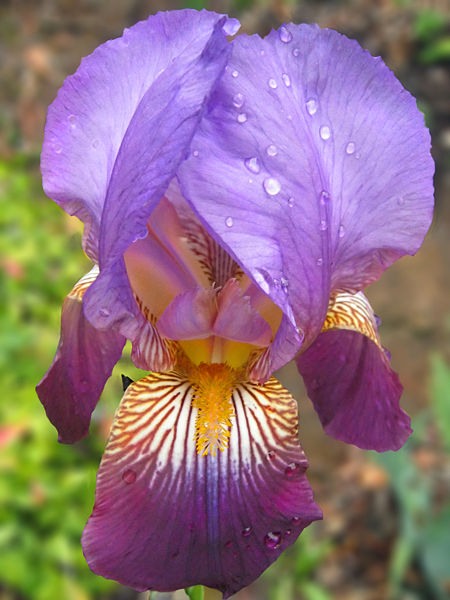
Some Helpful Websites about Iris flowers
- Iris (plant) - Wikipedia, the free encyclopedia
In this website you will find out what Iris Flowers are and what they look like.
- How to Grow Iris Flowers, Iris Bulbs, Flowers by The Gardener\'s Network
How to grow Iris flowers, are attractive and unique in the home garden.

